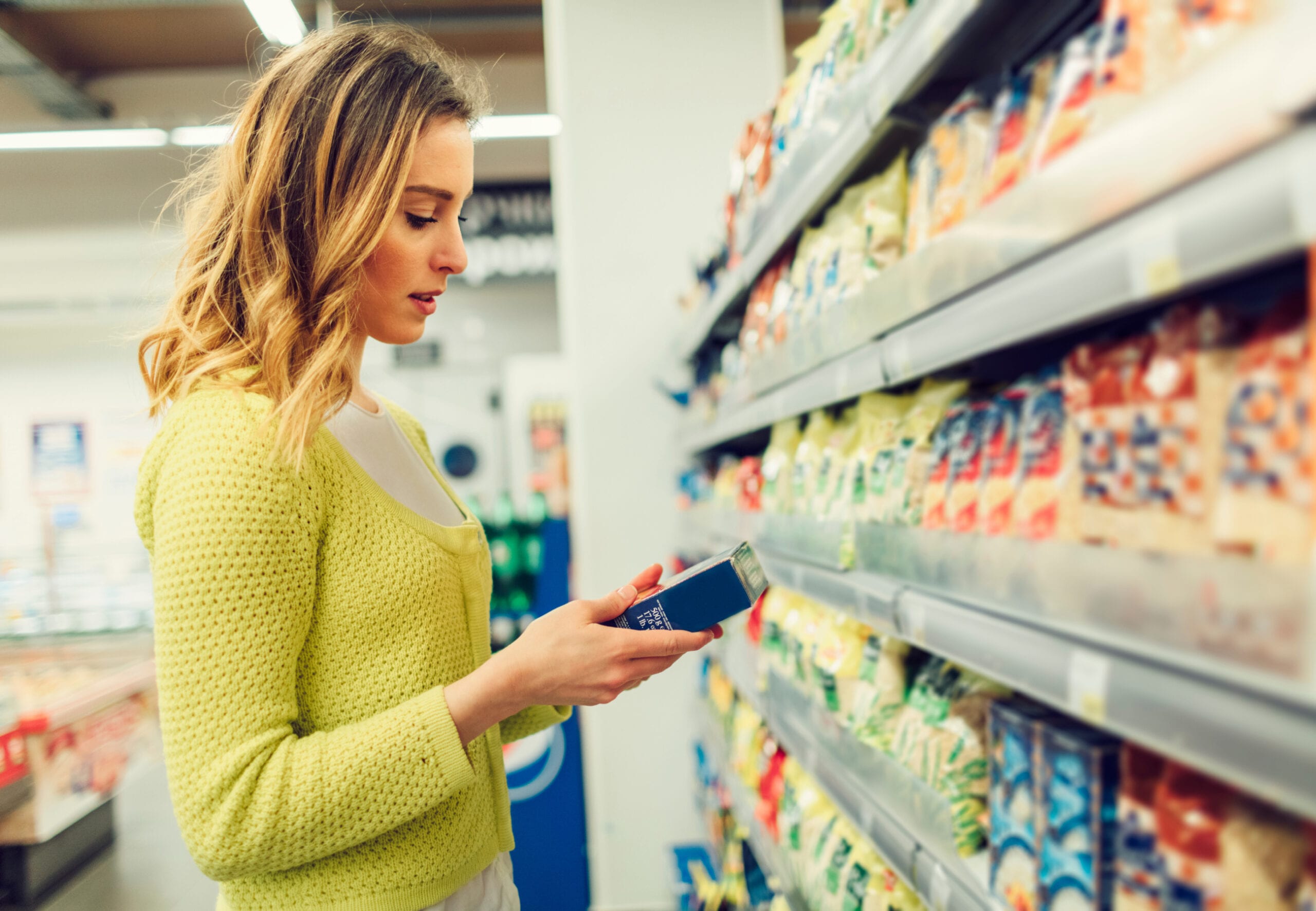CPG expert Al Springer joined Crew's founding partner Braden Douglas in a chat on how brands can build the right strategy to achieve success in the US. From getting on the shelves to growing your distribution, we’ve summed up 5 key takeaways for you to win.
1. Formalizing the Opportunity
The US market has never been short of opportunity. Take the natural products category, for example. When you say "organic foods," most people will think of natural retailers like Whole Foods, Trader Joe's and upmarket, specialized stores. While this was once true, the demand for healthier foods has had continuous growth, carving out opportunities in not just the natural channel (which still sees a sales volume of $56.9 billion), but also in the conventional channel ($57.4b), regional/independent grocery stores ($16b) and even convenience channels, which make up $3.3 billion according to SPINS 2021 category review.
To win at retail, you have to find your gap of opportunity. Where does your product fit in the category? Who are you targeting that the big players are not? What need are you uniquely filling? Can you sell your product at the right price and still make a profit? What makes your product offering better or different from the competitors is a critical question that needs to be answered, and you need data to back it up.
There are 5 key components brands need to win in this category:
- Superior Taste
- Clear Function
- Competitive Price
- Strong Distribution
- Brand Differentiation with Consumer Support
2. Finding the Right Partners
The best team wins in sports and in CPG. Partnering with industry experts can accelerate your reach to your audience, distributors, and retailers. They will also connect you to people and places you need to be and help you avoid costly mistakes. To put it simply, they know what works and what doesn't.
The typical partners you need to build a strong CPG team are:
- Brand Agency – like Crew, a good brand agency will help you target the right consumers, position your brand for clear differentiation, and build a unique brand with the right activities to reach your audience.
- Trade Marketing – a company like Al Springer's Lessons from 100 Brands helps put together the Channel Strategy and pitches to category buyers. Not every retailer that is interested in your product is the right fit. They'll help craft a plan that makes sense.
- Sales Agency – a company like The Touch Agency helps to manage sales brokers, builds a more detailed retail and trade promotion strategy, and acts on your behalf as if you had your own sales team.
- Food Brokers – companies like National Sales, Acosta, or Impact Group are sales experts representing several brands in specific categories. They have relationships with retailers and can get listings, manage trade spends, and help grow your brand at retailers.
- Distributors – companies like UNFI or KeHe help warehouse and deliver your products to retailers. They are crucial in the value chain as they have direct relationships with store managers and can influence listings and inventory of your product.
3. Gaining Channel Traction
If you are entering the US market or entering new regions in the US, your product will start in the introduction stage of the product life cycle, even if it's already matured in your home market. You must identify the retailers and audience that best fit your brand.
Start with the right retail partner. For example, suppose you're an organic Italian brand that is perfect for consumers looking to cook healthy indulgent meals. In that case, you might want to focus on an alternative channel like Williams Sonoma, Eataly or Paradies. There will be less competition, a higher-end consumer, and a better opportunity to gain trial.
Once you see traction, you can expand into Whole Foods or other natural and independent retailers that also fit. It is best to optimize your marketing budget by having a regional focus. The West Coast, Southwest, Northeast and Mid-Atlantic are the best early markets. Choose one, dominate it, and then expand.
(Bonus: We outlined a pricing model in our Building the Right US Expansion webinar to help determine shelf prices after considering things such as promo spend, online advertising and brokerage fees. Email us at info@crewmp.com for a copy.)
4. Connecting to the Target Consumer
The most pivotal thing to remember when creating an effective marketing strategy is this: The larger the market, the more niche your audience focus needs to be.
Find an underserved niche audience to build loyalty and benefit from them as ambassadors for your brand.
Think about the things in your category that are important to them. What taste profiles do they enjoy? Are they willing to try new things? How familiar are they with this category?
Consider their lifestyle patterns. What social channels do they use? How do they interact with their peers? What things do they do for fun?
Envision what they wear and what they do. What music do they listen to? What kind of clothes do they wear? What causes do they care about? Where do they live?
Once you have clarity on your audience, it will be easier to choose social media channels, digital media, traditional media, events, sampling opportunities or sponsorship to engage with them. This audience must know who you are to trust you enough to buy. This is where consumer demand comes in.
5. Building Consumer Demand
Velocity is the rate of how fast your products sell within a specific store over a specific time period (usually a week or month). It's one of the most indicative metrics we use here at Crew to gauge consumer demand and a product's success. Not sure what we mean? You can read more about velocity here. When consumers like your product and the price, they will buy it again and again – that's velocity or, better put, that's Brand Loyalty.
Is your brand selling faster at stores where you are listed than the average brand in the category? This metric will be your key selling piece when trying to get new listings.
Driving velocity takes communicating, educating, and enticing trial among your target consumers. Since resources are limited, focusing promotional spend in smaller regional pockets is key. The more concentrated the listings (ACV), the more activation you can achieve while reducing reliance on Trade Spend.
Effective strategies to drive velocity include sampling campaigns, in-store demos, targeted digital ads, enlisting local influencers, radio remotes at a retailer, and engaging in local events.
Once you've established velocity and demand in a region, you can use that story and method to expand into new markets. Be patient. Build a solid regional brand before you expand too quickly. You will need profitability, cash flow, and word-of-mouth support to continue your expansion.
Even under economic headwinds, there is plenty of opportunity to build a successful brand in today's market. You just need to be smart about it. Hopefully, these 5 takeaways will start to get you thinking in the right direction. If you want to talk through it more, we're always happy to help.
Chat with us about how our strategy experts and talented creative team can help your brand grow.


